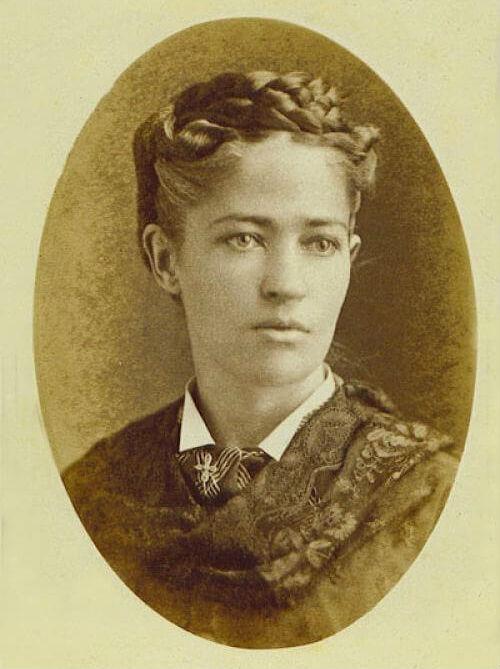Josephine Cochrane was an American inventor who became well known for her design and production of the first commercially successful dishwasher.
Born in Ashtabula County, Ohio in 1839, she was one of two daughters. Little is known about her upbringing, though according to the Indiana Commission for Women, her mother died at a very young age. Once her sister moved out, she lived with her father until she married William Cochran in 1858 when she was 19. Though she assumed her husband’s name, she chose to spell it with an “e” at the end.
The Cochranes were very socially involved in their community and entertained often, according to the Indiana Commission for Women. William Cochran was a prominent businessman and politician, thus parties were a common occurrence used to boost their social status. At the conclusion of one of their events, around the year 1883, a servant chipped an heirloom dish.
Consequently, Cochrane would no longer allow their servants to handle the china and insisted upon washing and drying the dishes herself after every meal. This task inspired Cochrane, with the help of a local mechanic, to invent a machine which would mechanically use water pressure in place of scrubbers.
Months after she began inventing what would later be the dishwasher we know today, her husband passed away in 1883. She was left with just $1,500 and mounting debt, according to the United States Patent and Trademark Office.
“She became driven in her desire to create a successful model of her machine,” according to Lemelson-MIT in an article written on Energy and Environment.
While the creation of a machine to wash dishes using a hand-crank had been attempted in the 1850’s, Cochrane’s used a unique design and was the first to become commercially viable, according to Lemelson-MIT. Cochrane received a patent on Dec. 28, 1886 and began work in a shed behind her home
“She measured the dishes and constructed wire compartments to fit plates, cups and saucers and placed them inside a wheel that laid flat within a copper boiler,” according to an Energy and Environment from Lemelson-MIT.
The wheel, powered by a motor, would then turn allowing the soap and water to spread over the dishes and clean them.
Her business began small, at first only selling them to friends and family. In 1886, she advertised in local newspapers, calling her invention the “Cochrane Dishwasher,” according to Lemelson-MIT. Within the same year, she established Cochran’s Crescent Washing Machine Company, which hotels and restaurants began to take interest in.
The machines were instantly popular among business owners, however, individual consumers were hesitant to buy them, as they complained of a common soapy residue left on the dishes. Additionally, they required a large amount of hot water, which meant large hot water heaters – something many households did not have.
In 1893, Cochrane entered her machine at the Chicago World’s Fair and was presented with one of the highest prizes for “best mechanical construction, durability and adaptation to its line of work,” according to the Indiana Commission for Women. In 1897, she opened the Garis-Cochran company and continued selling her machines up until a year before her death in 1913 at the age of 74.
Around 1950, many factors such as technology and womens’ roles in the household began to change and resulted in an increase in demand for Cochrane’s invention, according to the Indiana Commission for Women. Ultimately, Garis-Cochran was bought out by the Hobart Manufacturing Company and became KitchenAid, which is now a part of the Whirlpool Corporation.
Josephine Cochrane is considered the founder of the dishwasher and was again honored for her creation in 2006. She was inducted into the National Inventors Hall of Fame, located in North Canton, Ohio.
Her motto, “I’ll do it myself,” became a saying to motivate women to fight against society’s limits, according to the USPTO. It was also what led her to invent an iconic American appliance.

